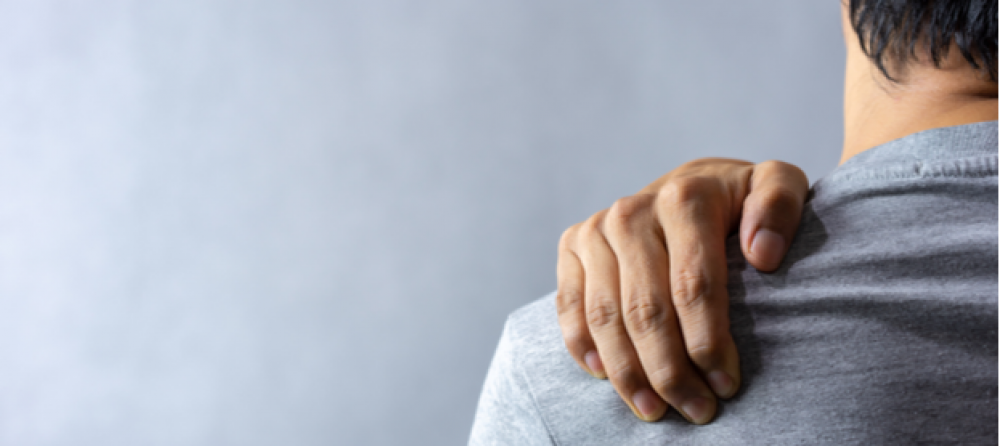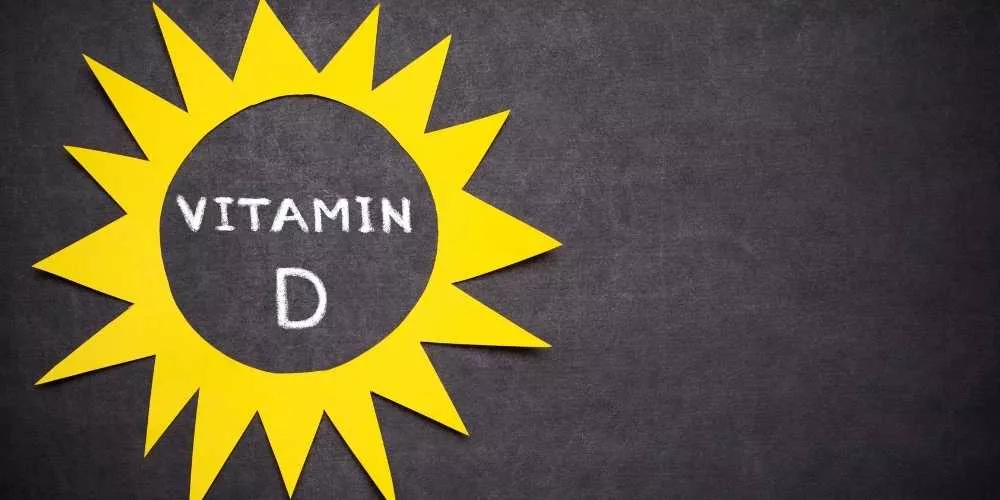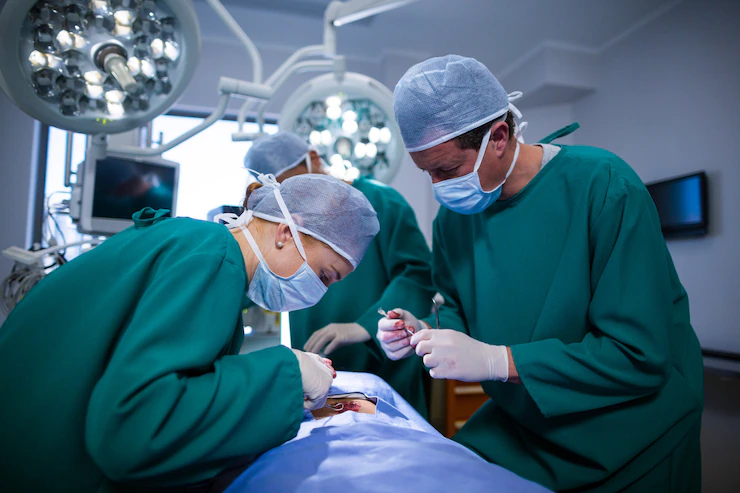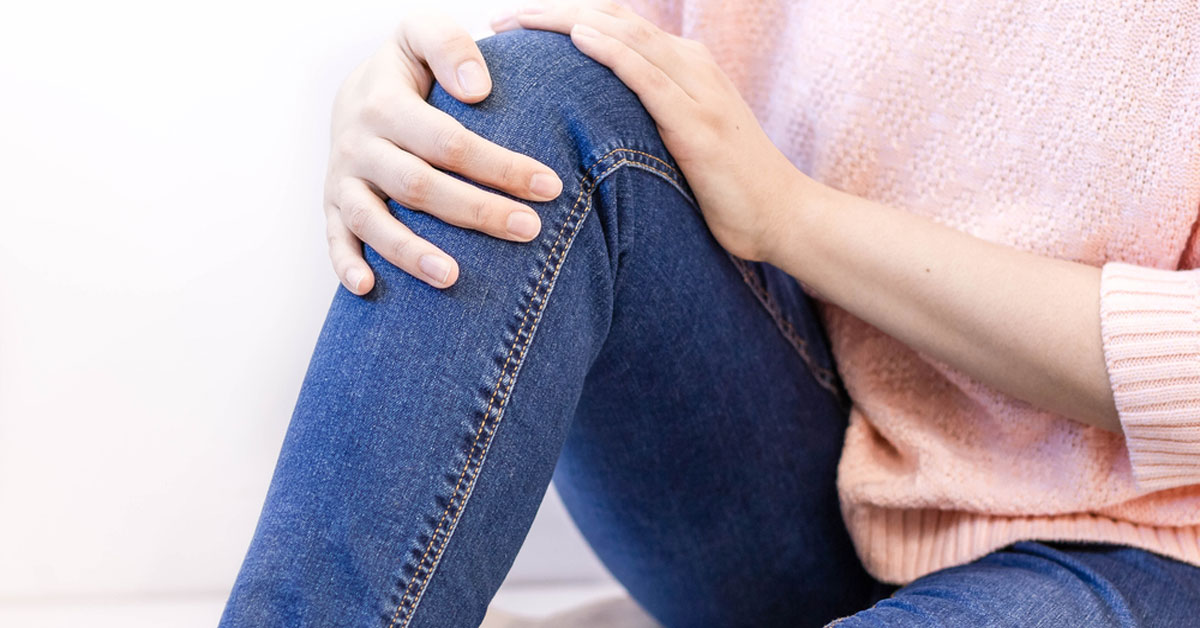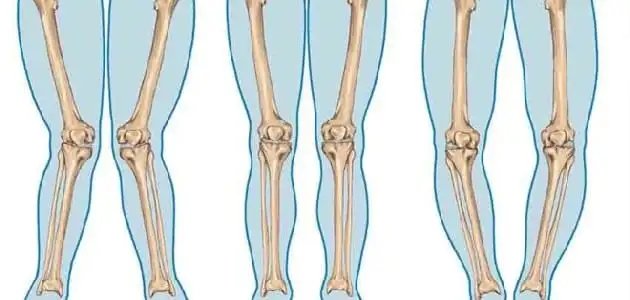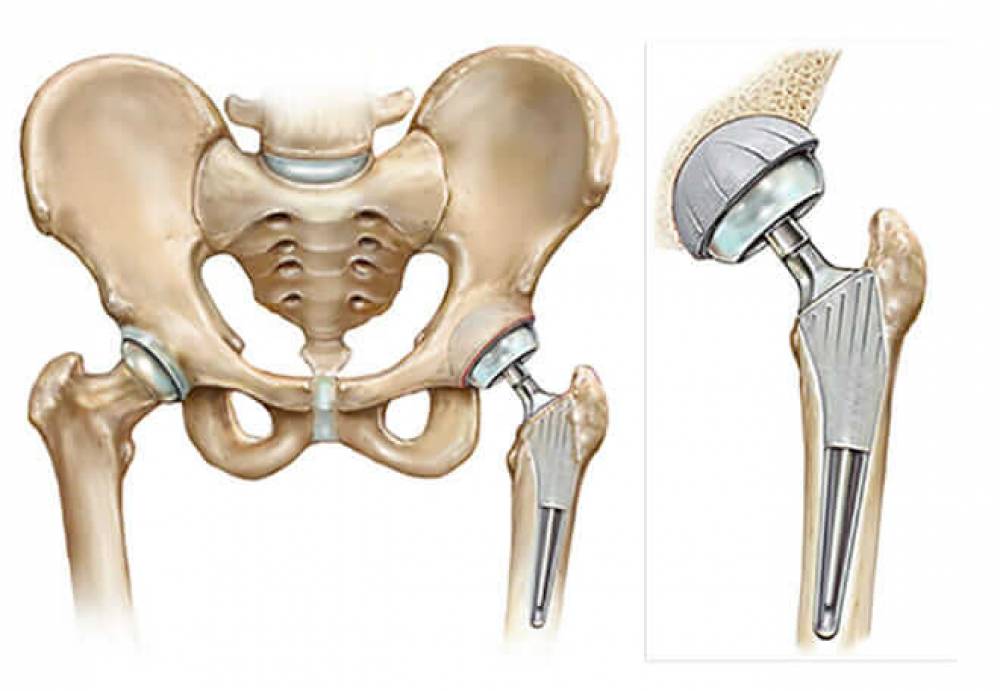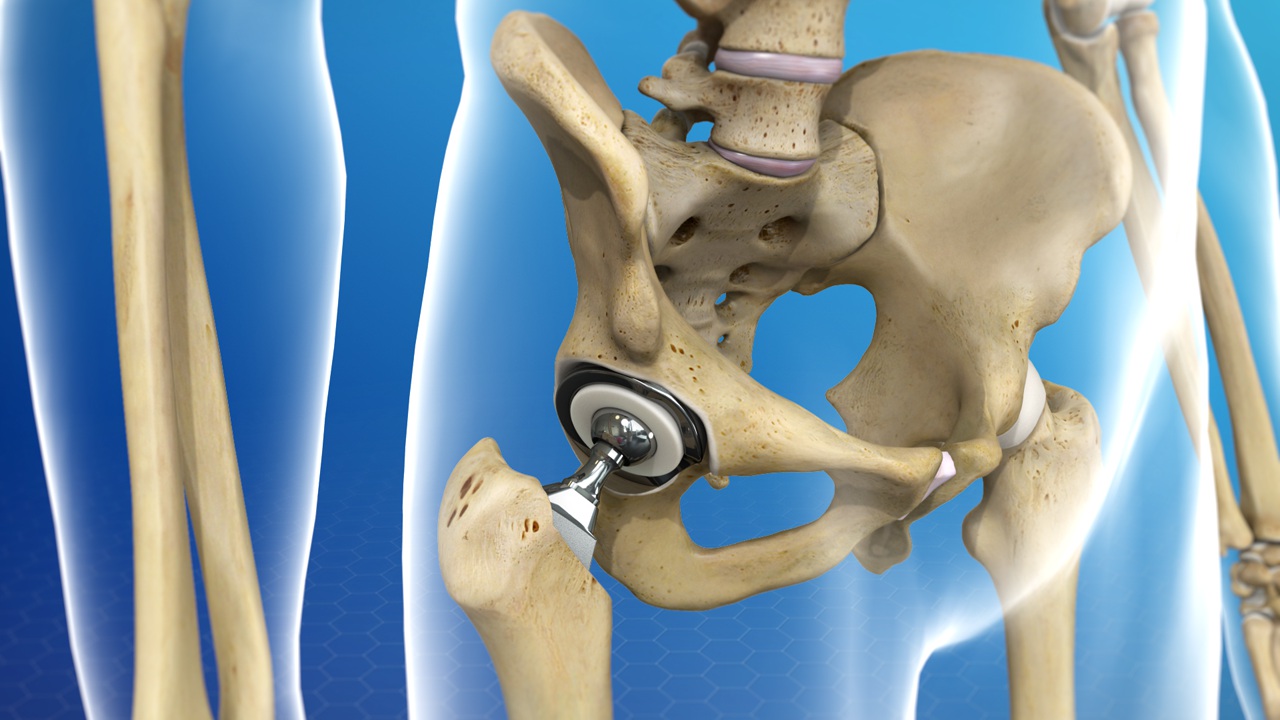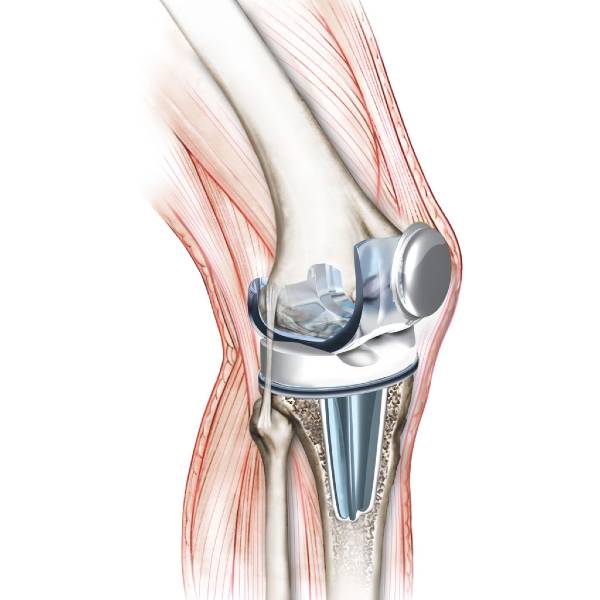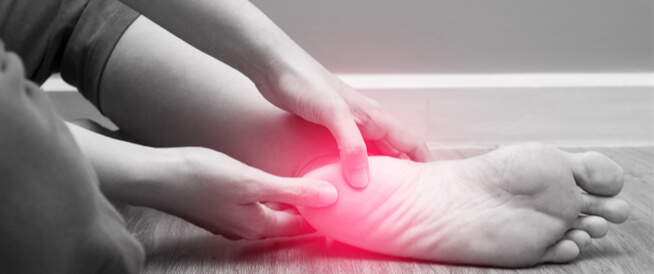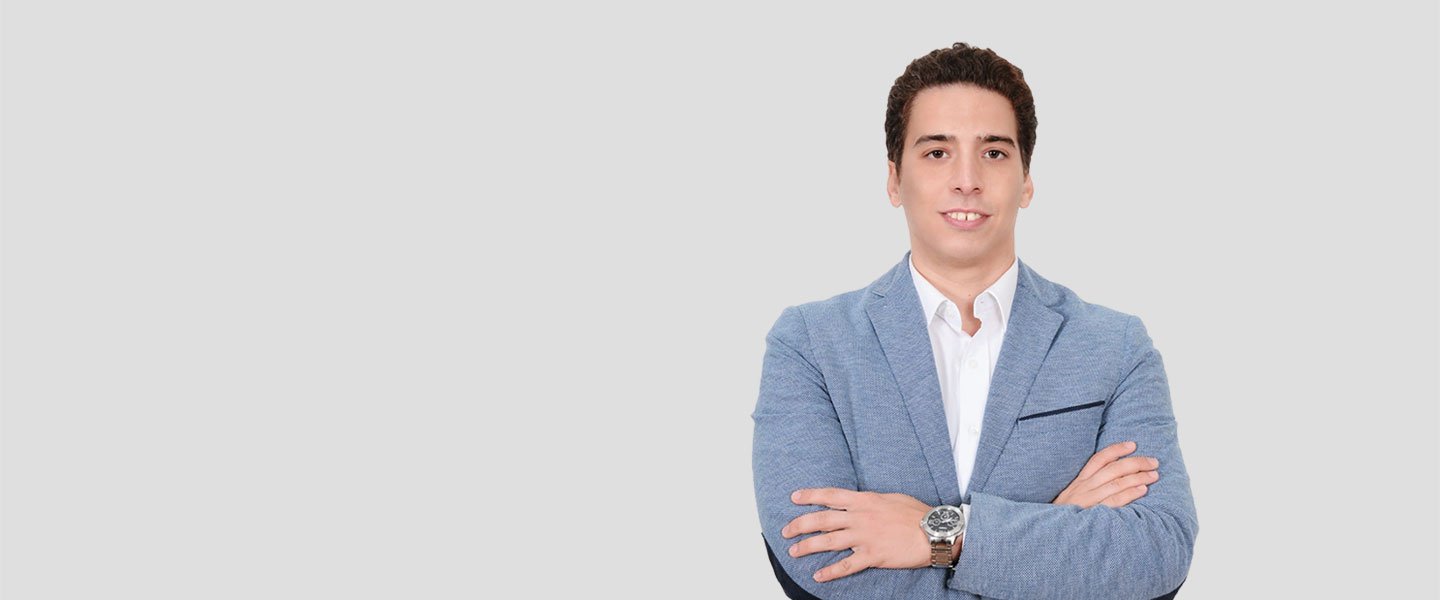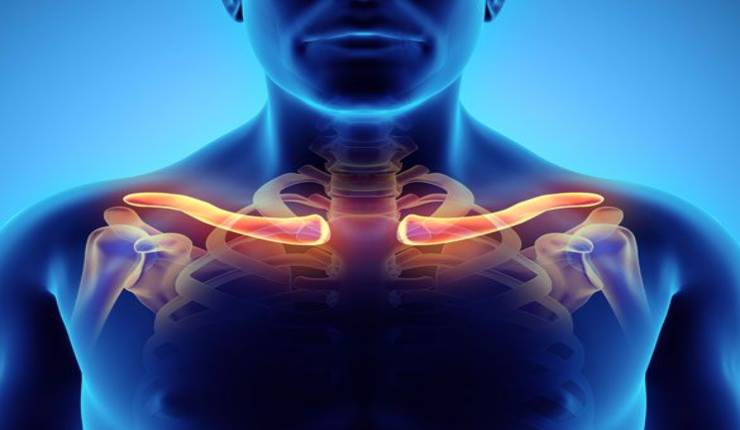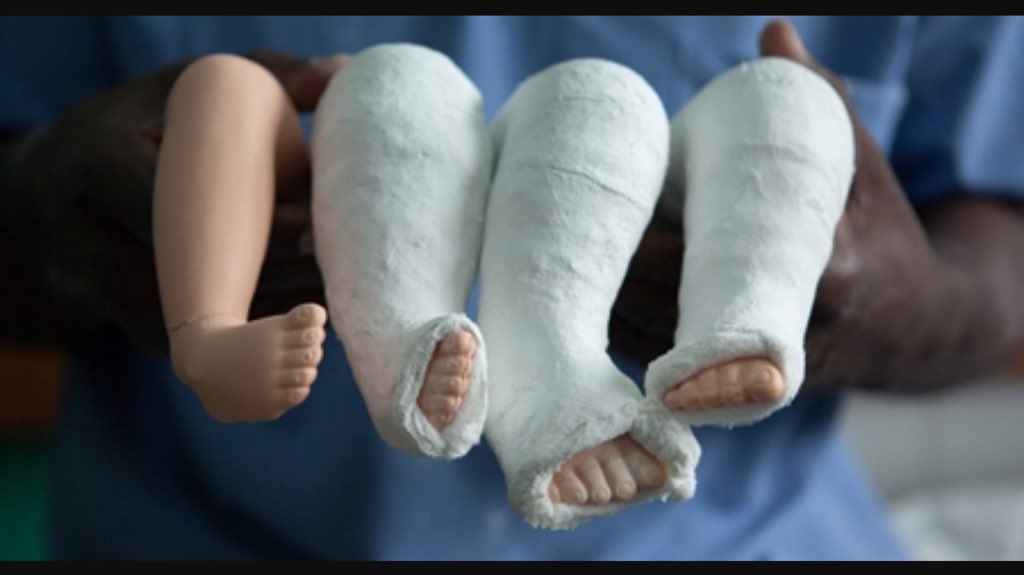What you don’t know about the curvature of the legs
The curvature of the legs is largely evident in the bones of the foot and the individual is able to notice it, but in other cases, it may be mild and may not cause discomfort to its owners, in the following article we will discuss many matters related to the curvature of the legs and how to deal with them, so let us read following.
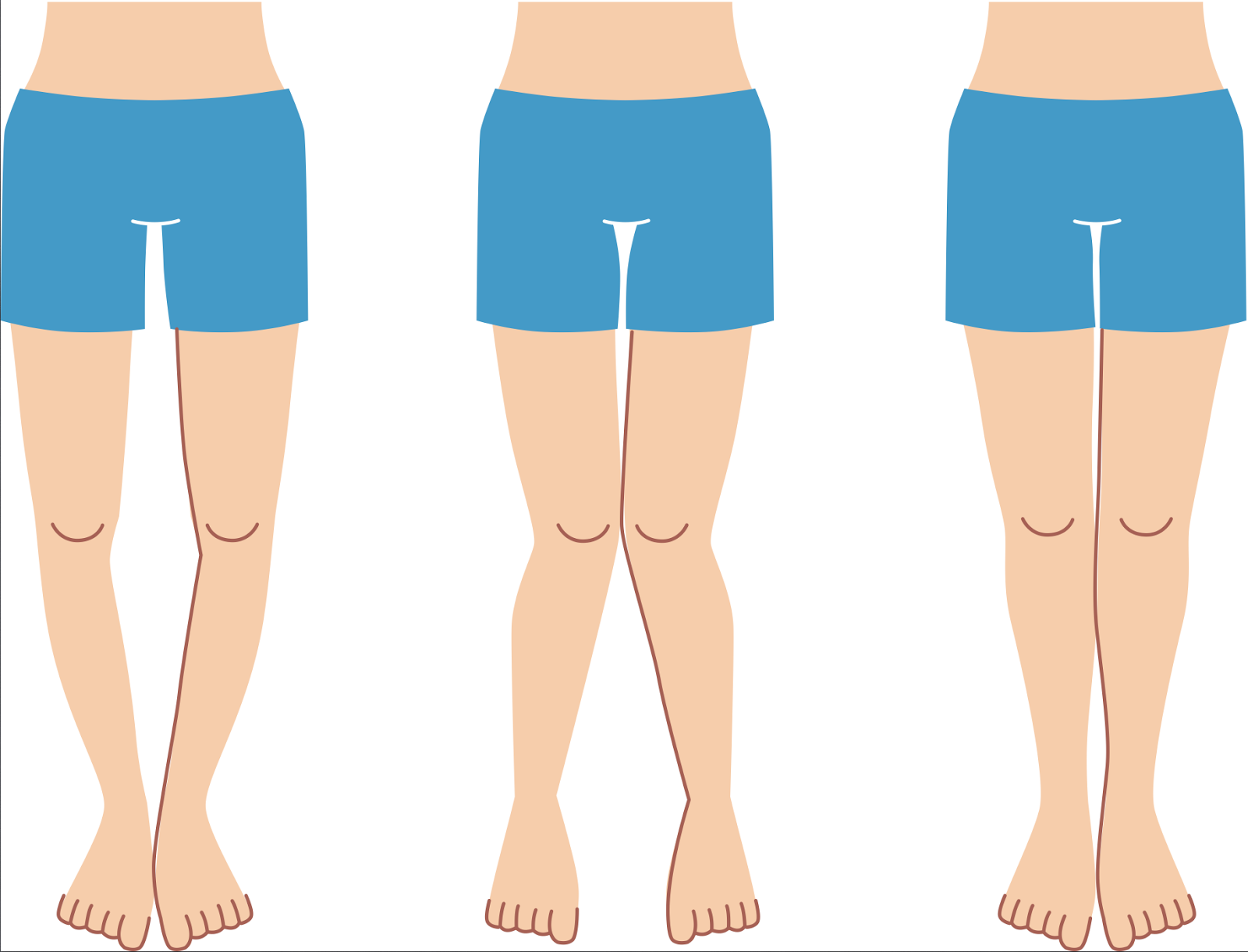
Arched legs
The curvature of the legs is a deformity that occurs in the legs and makes the knees far apart when joining the ankles. The curvature of the legs may also be a symptom of a disease such as rickets or Blount’s disease. The curvature may cause inflammation in the joints in both the knees and the hip. And there are some cases in which a curvature occurs when the child grows normally.
If the child is in that case three years without the curvature disappearing, then this is an indication of the presence of a disease-causing it, and this matter calls for immediate medical intervention to search for the problem and start treating it early before it worsens over time.
Curved legs treatment
When you start discovering the presence of curvature in the legs, care must be taken to start receiving appropriate treatment immediately, and this is by knowing the main cause of its occurrence and starting to treat it directly, and after that, the individual must focus on wearing special shoes that are supported by some equipment for these cases until Curvature heals over time.
Also, the doctor may advise the patient to curvature using orthotic devices in treatment until the curvature is properly eliminated, and in some cases, the individual may need surgical intervention in order to ensure that bone deformities are corrected in the most appropriate way that helps the individual to live normally after that.
Hide bow legs
It is possible to hide the curvature of the legs by doing some exercises and making sure to regularize them well, and in cases that are more severe than others, some physiotherapy methods may be followed and some stretching exercises are also done in cases that are less severe, and such procedures are performed Exercises at the hands of a physiotherapist are important in order to achieve balance during movement and improve the curvature of the leg.
The doctor may also prescribe a set of activities that help protect the knee, but their effect is not strong, but they are modified to be safer. Examples of exercises that are done to improve the curvature of the legs:
- Hamstring stretching exercises.
- Groin stretching exercises.
- Strengthening exercises for the gluteus medius with a resistance band.
- Stretching exercises for the piriformis muscle, which is located in the buttocks area.
Types of bow legs
A normal person is able to bring his legs together without any distance between the knees, and the curvature is divided into two types according to its direction. Examples are:
- The curvature of the legs inward: it is called the curvature of the knee of the soul and makes the individual unable to join the knees together because they are very close to each other with the distance of the feet at the same time and it is called Genu Valgum or Knock-knee.
- Bowing of the legs outward: This is known as Lago-knee bowing, where the person who suffers from this condition is able to join the feet, but there is a large distance between the knees, and it is called Genu varum or Bow-legs.
Causes of bowed legs
There are many reasons that lead to a bow in the legs, for example:
- Blount’s disease: This is known as a falling leg disease as a result of the abnormal development of the child’s reeds and the bending below the knees, and this bending is worse when the child begins to walk. It is more common in females, especially in Africa and America, and the extra weight of the child and walking early is the cause of this disease.
- Rickets: This is a bone disease for children that causes curvature of the legs and some other deformities in the bones. This is the result of suffering from a lack of calcium, phosphorus, or vitamin D for long periods without treatment, or the presence of a defect in the body of the individual that does not allow the absorption of vitamin D. In a good way, causing the bones to weaken and curve.
- Paget’s disease: This metabolic disease is common in the elderly and has a negative impact on the process of rebuilding the bones as they are not as strong as required. This causes curvature of the bones and suffering from some problems in the joints. The earlier the diagnosis, the easier it is to treat this condition.
- Dwarfism: forms of dwarfism have an effect on bone growth as it leads to many disorders in them, and this causes the bones to curve over time.
- Babies may be born with bowed legs due to the introverted position it takes in the mother’s womb. Once the child is able to walk normally, the leg returns to its normal shape as a result of starting to bear body weight on it during the period from 12 to 18 months.
- Broken bones that have not healed well.
- Abnormal bone development or abnormalities in the bone tissue.
- Lead poisoning cases.
- Fluoride poisoning cases.
Bowed legs damage
- The danger of bowed legs lies in the unevenness of the load on the surface of the knee joint, where the weight of the individual is concentrated on a specific part of the surface of the knee joint without rest, and this causes severe pressure that causes, over time, damage to the cartilage in the surface of the knee and the meniscus cartilages, which causes the roughness of the knee, which is considered One of the most famous side effects of bowed legs.
- If the curvature is not equal on both sides, this causes a clear difference in length, which causes the individual to limp while walking.
- Having a height difference also causes problems in the lumbar spine in the lower back as a result of increased pelvic movement during walking.
- The curvature may also cause many psychological problems for its owner as a result of his dissatisfaction with his outward appearance.
How do I know the curvature of the legs?
The individual can be exposed to the curvature of the legs by observing the presence of a distance between the feet when standing or walking, and he also notices the presence of curvature in the leg towards the outside of the knee, and the knees are unable to touch each other when extending the legs, in addition to the possibility of using some modern techniques to identify On varus, such as X-rays, which provide clear images of the leg bones showing any difference between them.
What is the cause of bowed legs?
There are many reasons that may lead to a bow in the legs, and the individual must get to know them well in order to be able to know the appropriate treatment for him by focusing on the basis of the problem that he suffers from, as there may be some genetic factors that cause this or Diseases that affect the individual during the different stages of his life.
What is the treatment for bowed legs?
Most likely, the condition of the curvature of the legs may not need treatment because it may adjust on its own over time if the problem is caused by natural factors, but if there are satisfactory reasons for the occurrence of the curvature, in that case, it is important for the patient to undergo an accurate medical diagnosis to find out the basis of the problem and start treating her in the most appropriate manner.
Some of these treatment methods may be non-surgical and focus on practicing some types of exercises that the doctor determines and that modify the shape of the leg with regularity on it, and in critical cases, the individual may need surgical intervention in order to correct the shape of the bones and increase the individual’s ability to move properly. normal after that.

